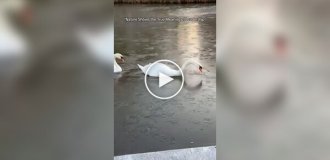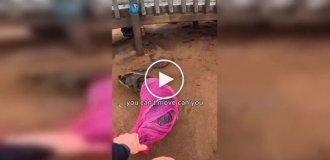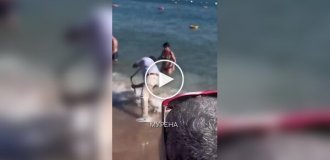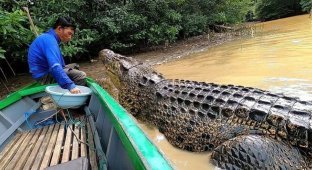Orinoco crocodile: a monster clad in scaly armor (11 photos)
The Orinoco crocodile is South America's largest and most endangered predator. Males of the predator can reach a length of more than 5 meters and weigh up to 380 kilograms! 
The Orinoco crocodile is not the largest animal on land, nor the largest predator, nor even the most massive crocodile. But he doesn't care about that. After all, in South America there is no creature capable of opposing him. Except for humans, of course. 
An adult male Orinoco crocodile is a monster clad in scaly armor, ranging from 4 to 5.2 meters in length. 400-700 kilograms of power. Only an anaconda can compare with it in length, but not in size. Thus, the Orinoco crocodile becomes the largest predator of the entire South American continent! 
And perhaps this is not the maximum size. Naturalists of the 17th century reported that animals up to 8.7 meters long were hidden in numerous lakes and tributaries of the Orinoco River. Unfortunately, we are unable to verify the words of researchers of that time. There is no surviving material evidence of the existence of colossal crocodiles. But maybe we just need to wait a little longer? 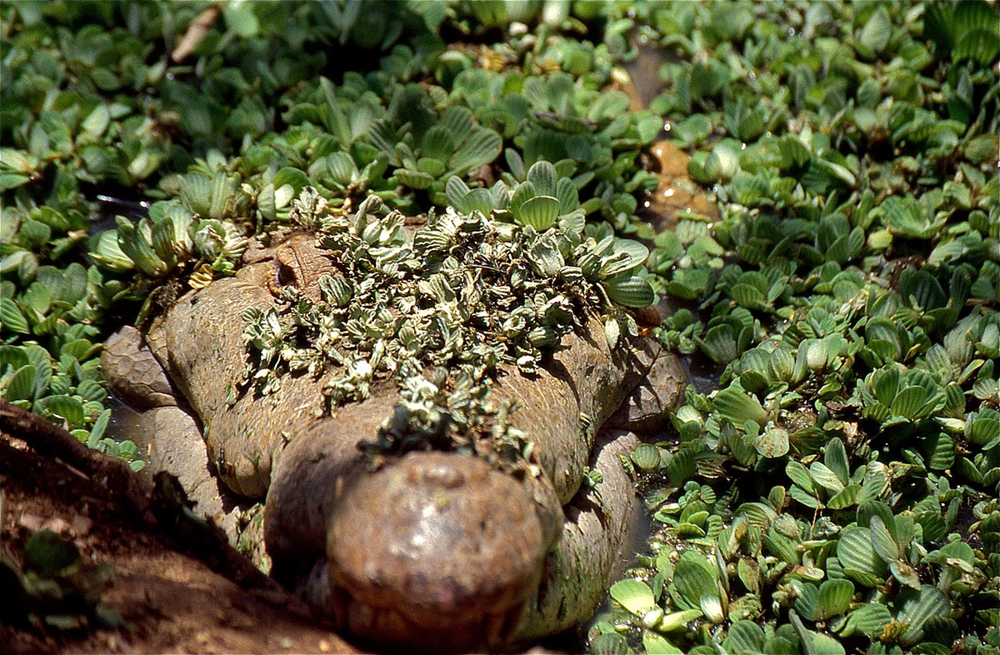
No matter how terrible and powerful the South American titans were, the human industrial machine crushed them in a matter of decades. At the beginning of the 20th century, manufacturers of crocodile skin products noticed a whole warehouse of unused skins, which, due to some bureaucratic oversight, were still attached to crocodiles. A massive hunt began for Orinoco reptiles. First of all, hunters and poachers killed the largest animals, from which many beautiful handbags and shoes can be made. 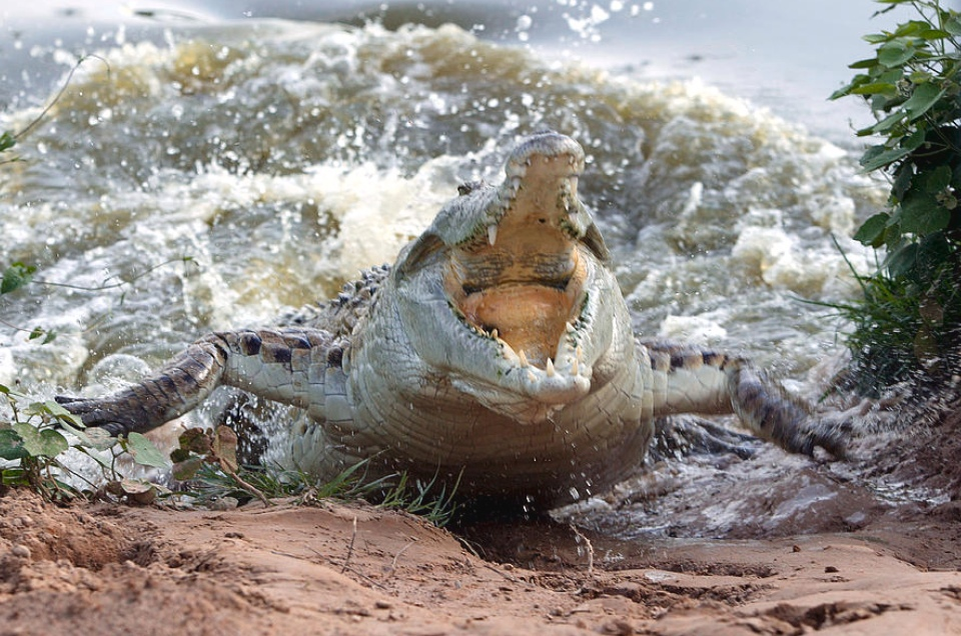
Fortunately, this bacchanalia ended on July 1, 1975, when the animals were included in the first version of the CITES list - the Convention to Restrict International Trade in Endangered Species. After almost a century of hunting, reptiles were still dying out. Previously, they lived throughout the Orinoco River, and by the time the agreement was adopted, several microscopic populations remained of the species with a total number of 250-500 individuals. And far from the largest individuals. 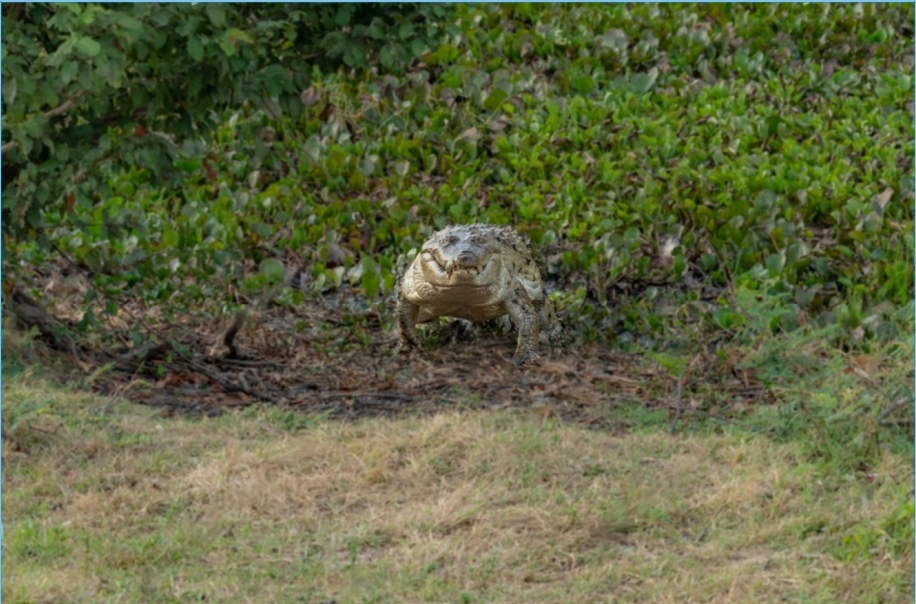
How is the extinction of a species related to size? Here's how: crocodiles grow throughout their lives, and Orinoco crocodiles live up to 80 years. Systematic killing of animals ended only 48 years ago. This means that animals that experienced the peak of suffering of their species have not yet reached their maximum size! Chances are that babies born in calmer times will grow up to be really big. 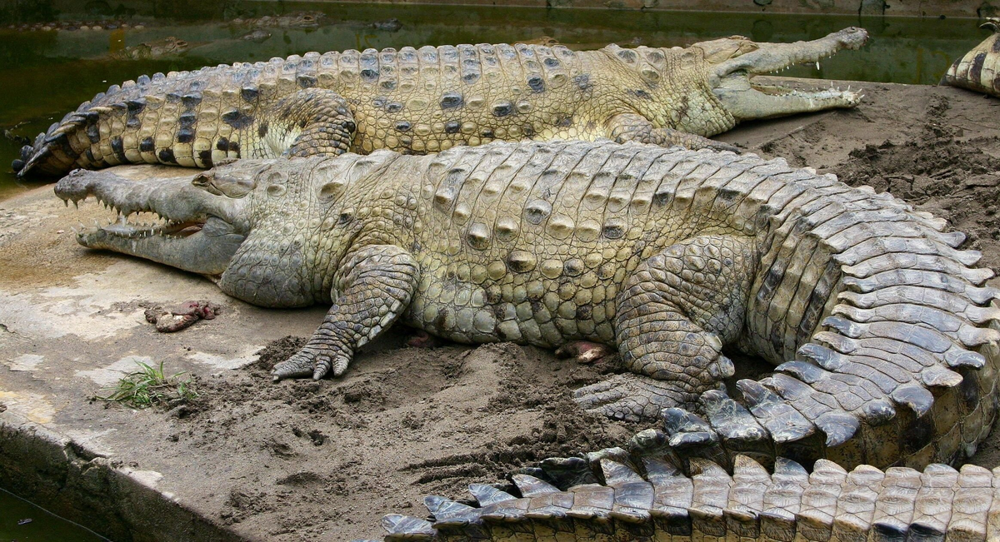
So far, the largest Orinoco crocodiles live in zoos.
But, frankly speaking, the chances are small. Crocodiles still don’t have a particularly good life. Half a century after the start of conservation measures, the number of the species has remained virtually unchanged. And a lot of factors are to blame for this. One of the central ones is the insufficient level of protection of the species. Despite the official ban on trade, poachers are still interested in shooting animals. And Venezuela, which is in constant crisis, does not have the resources to protect reptiles on the margins of nature. 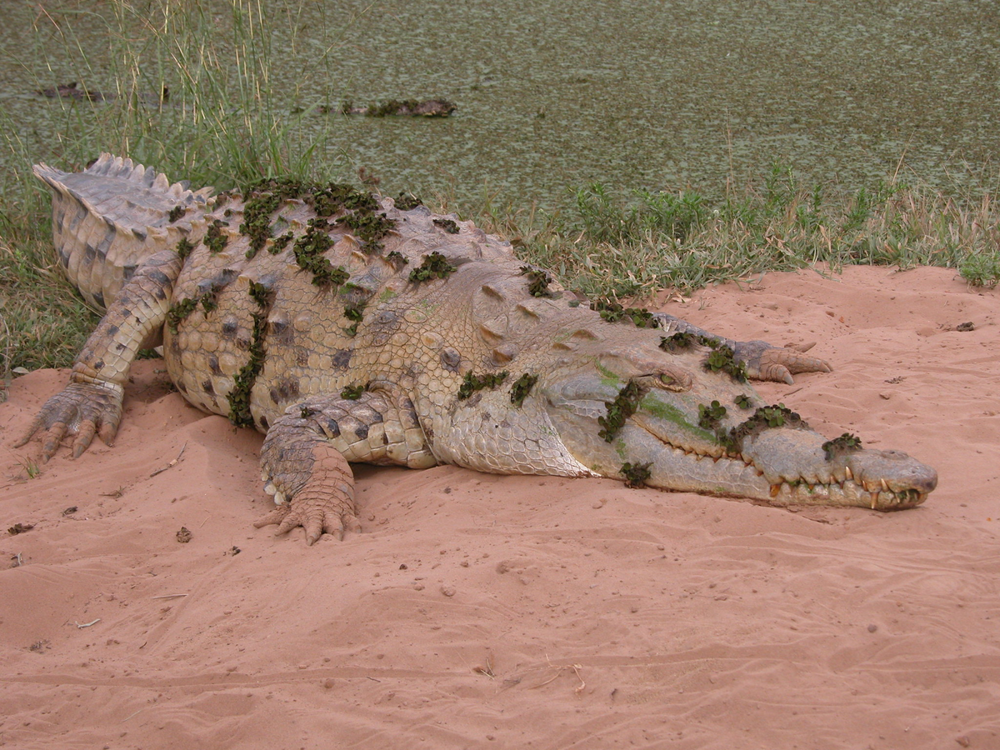
As you can see, crocodiles are very careful about creating suitable camouflage for self-defense.
In addition, no one has canceled the depletion of the habitat. Young and middle-aged crocodiles feed mainly on large fish. Their jaws are located approximately in the middle between the jaws of normal crocodiles and gharials - just for the convenience of hunting nimble prey. But large crocodiles have wider muzzles, into which birds, ungulates, monkeys, caimans, anacondas and even small jaguars climb into the water. The only thing is that fish and terrestrial vertebrates are becoming less and less every year. 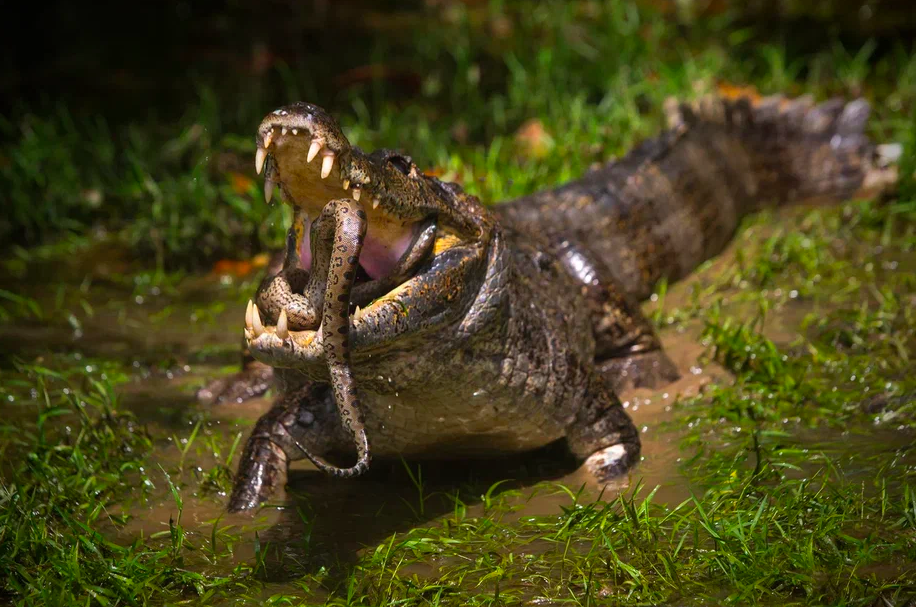
If reptiles wrote a fairy tale about Kolobok... (Photo: Andrey Kamenev)
Another problem faced by powerful animals is reduced survival rateoffspring. She wasn't particularly tall anyway. If the adult Orinoco crocodile is the apex predator of South America, then the young cub is food for all the meat-eaters from the middle of the continent's food pyramid. They are especially loved by spectacled caimans, which bred in the 50s. While people were busy processing and cutting skins from large crocodiles, small ones quickly occupied the vacated territories. 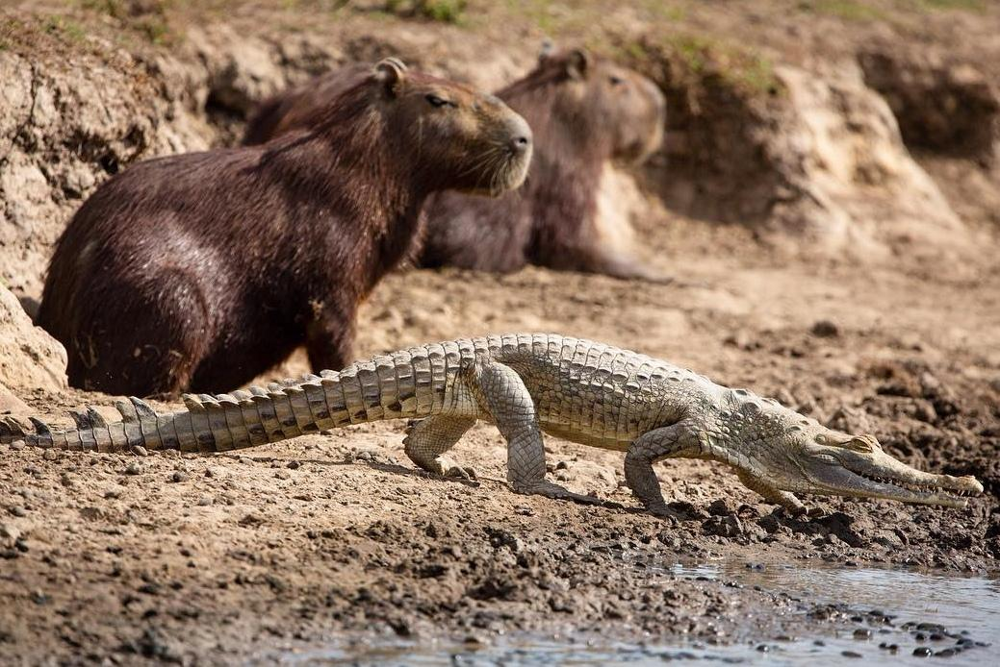
Orinoco crocodiles are very loyal to capybaras. Until they grow up.
Even the incredibly developed sense of motherhood in females does not save the situation. They look after their babies from 1 to 3 years old! Mothers diligently drive away from their offspring anyone who might pose a danger. But keeping track of all 40 offspring is unrealistic. In addition, the baby must get its own food. And where there is hunting, there is risk. 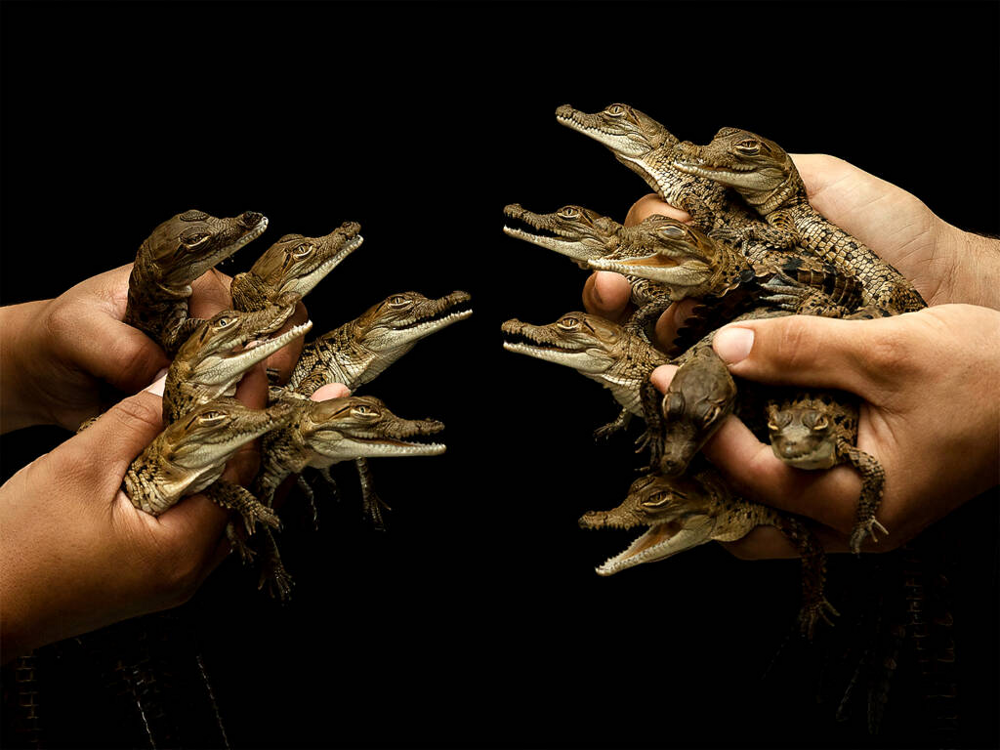
Choose your fighter/boy!
Well, here’s a final problem that doesn’t have a serious impact now, but could harm the species in the future: crocodiles are at a complete loss in terms of genetic diversity. Not only has the gene pool of the species sank greatly due to mass extermination, but the peculiarities of their mating games do not improve the situation. Crocodiles do not create full-fledged families, and a male can fertilize as many females as agree to share the river bank with him. Therefore, only 40% of the largest males are the parents of 95% of crocodiles. And the rest fly by along with all the rare genes that are stored in them.

